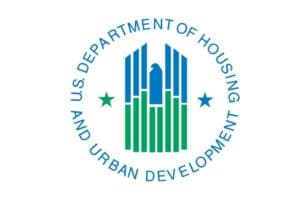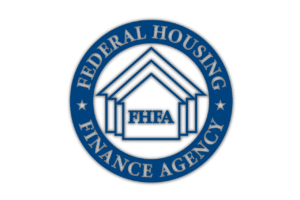Recent trends in affordable housing development are seeing an increased use of mezzanine debt and preferred equity as financing strategies. These instruments are helping developers fill gaps left by traditional lending sources, which have become more restricted due to rising interest rates and perceived market risks.
Preferred equity is gaining traction because it offers equity-like returns and debt-like protections, including fixed returns. It is typically positioned between the mortgage debt and common equity, providing developers with the needed capital while ensuring a priority in repayment for the investor. For multifamily housing, preferred equity has become a key tool as traditional equity investors shy away from riskier joint ventures. By combining preferred equity with loans from agencies, like Fannie Mae or Freddie Mac, developers can secure favorable terms to complete projects, even amidst market volatility. This financing method is especially useful for projects, like urban multifamily units, student housing and senior living.
Canyon Partners Real Estate has been a key player in preferred equity investments in multifamily projects, including affordable housing. Over the past decade, they’ve invested approximately $2.2 billion, helping developers bridge funding gaps in both construction and refinancing efforts. These deals often benefit from profit participation and priority in repayment, making them attractive for developers and investors alike. Berkadia recently closed a preferred equity deal for a multifamily construction project, achieving a sub-ten percent return at 80 percent loan-to-cost. NYMT Multifamily, a notable lender, has closed several preferred equity transactions over the last couple of years.
Mezzanine debt, on the other hand, allows developers to increase leverage, boosting internal rates of return (IRR). It typically offers higher interest rates (ranging from nine to 16 percent) and comes with more flexible terms, including the option for equity participation or deferred payments. However, it also comes with higher fees and legal costs. Some senior lenders, such as HUD or agency lenders, restrict mezzanine financing, making it more niche in its application. However, when used, it significantly enhances a project’s returns by reducing the equity needed upfront.
Freddie Mac’s mezzanine loan programs, specifically designed for affordable housing, have been used in recent transactions to help developers preserve affordable rental properties. These programs allow for high leverage (up to 90 percent of a property’s value) and low debt-coverage ratios, making them attractive for both acquisitions and refinancing, particularly for projects involving LIHTC or Section 8 properties. Freddie’s Targeted Affordable Housing (TAH) Mezzanine Loan program is specifically structured to assist in the refinancing, acquisition and preservation of affordable housing properties, including LIHTC properties that are beyond their initial ten-year compliance period. The program helps reposition older affordable housing properties for new financing while ensuring long-term affordability commitments. The mezzanine loans typically have coterminous terms with the senior loans and are interest-only with flexible repayment options to accommodate refinancing within Freddie Mac’s system.
Both preferred equity and mezzanine debt are now vital financing solutions in multifamily development and enable developers to push projects forward despite higher costs and tighter loan conditions.


